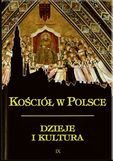
We kindly inform you that, as long as the subject affiliation of our 300.000+ articles is in progress, you might get unsufficient or no results on your third level or second level search. In this case, please broaden your search criteria.

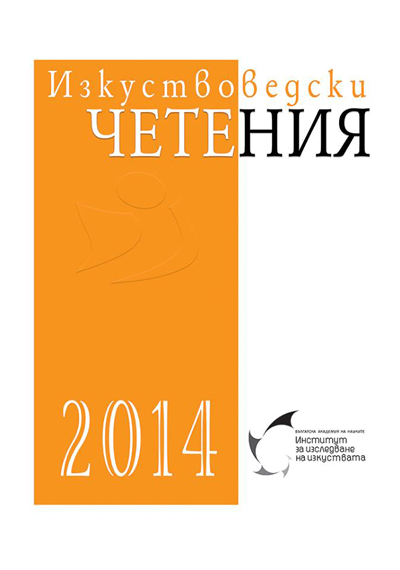
Hands language as a means of expression in rhetoric and fine arts, the rules of which were presented mainly by the Roman authors Cicero and Quintilian, continued to stir interest over the seventeenth and eighteenth centuries and strongly influenced artists and their iconographic reference points. English physician and rhetorician John Bulwer (1606–1656) devoted a few of his significant works to studying of the human gesture system, offering over 120 chirograms (types) of particular meanings. Spanish mathematician Juan Caramuel (1606–1682) studied the rhetorical wealth of chirologia, defining it as a major means of human communication. Hand gestures with fingers locked together is traditionally deemed to be a Christian prayer gesture, where palms are pressed together with fingers straight pointing up. In fact, the locked together fingers, known as early as the Antiquity, unlike the prayer gesture that emerged as late as the late medieval period, designated something else: a moment of deep sadness and suffering reflecting the strong tension of the mind. French artist Georges de La Tour uses this gesture as a basis for reflection on the vanity of worldly goods. Thus the position of the hands played the role of both a plastic device and an iconographic symbol.
More...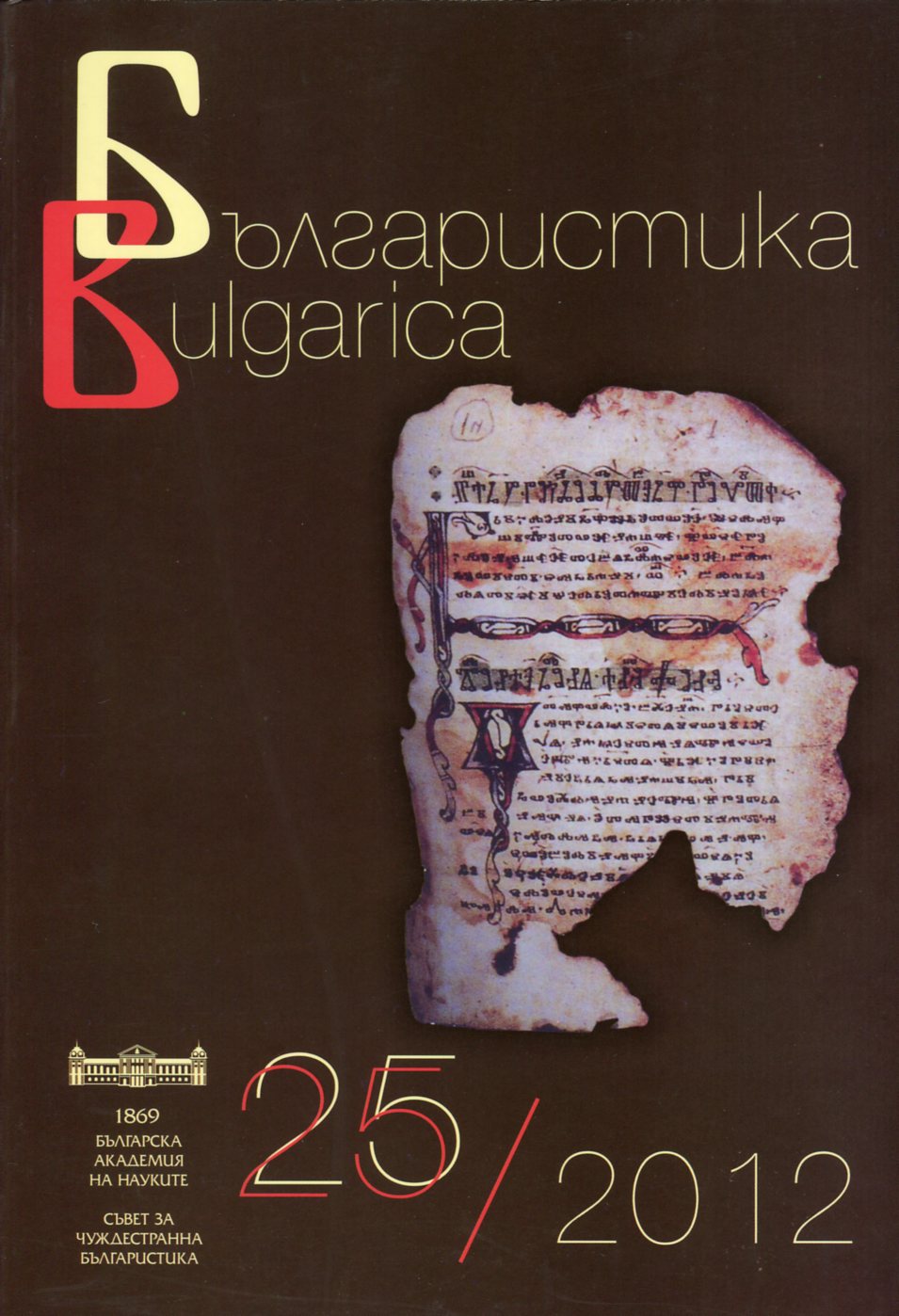
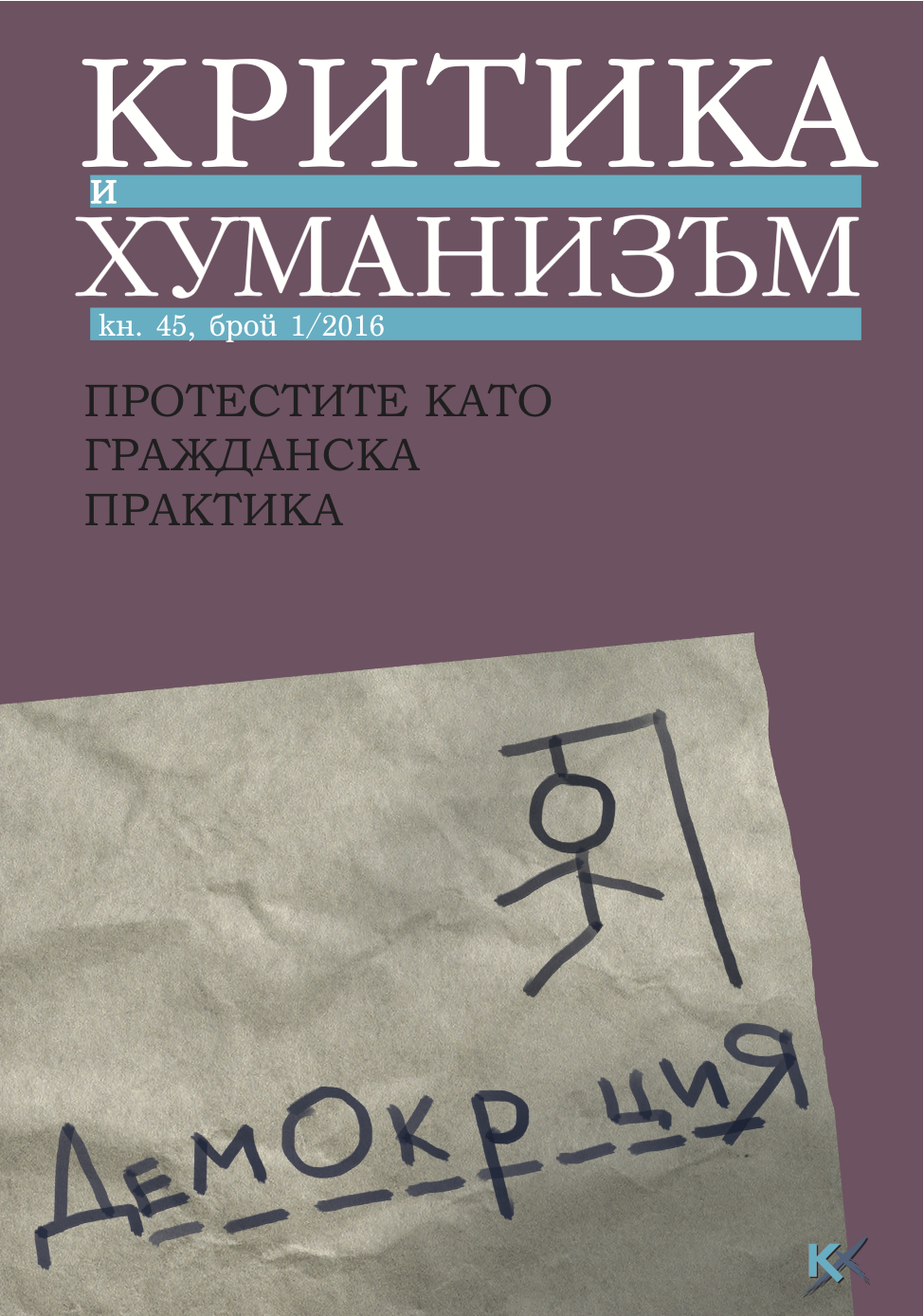
This article examines the pro-Kremlin youth movement Nashi (2005-2012) – the hitherto largest youth organization since the Soviet-era Komsomol – in order to elucidate the background of changes that have appeared in the Kremlin’s symbolic politics since 2012. Nashi’s disappearance from Russia’s political scene by the summer of 2012 can be seen as an elementary part of the crisis that the Kremlin faced with the large-scale protests that shook Russia’s major cities in the winter of 2011/2012. However, Nashi’s negative image did not fi rst appear in Russia with Putin’s decreased popularity and the beginning of the large-scale protests; rather, such a negative image has been manifested throughout the existence of pro-Kremlin youth formations supporting Putin’s political leadership, before and after Nashi. Rather than demonstrating a well-planned and calculated insistence on patriotism and moral conservatism, the history of the whole pro-Putin youth movement indicates that it has continuously struggled with its public image ever since its idol, President Putin, appeared in Russia’s political arena. By focusing on Nashi’s online writings as its major voice, the author exemplifi es the basic and unsolved dilemma of governmental mobilization – the tension between didactics and stimulation – that is crystallized in the movement’s political communication. After that, in a short excursion on Nashi’s successor, the project Set’, the author’s aim is to pinpoint how the ‘exit’ from Nashi’s communicative dilemma, in line with the Kremlin’ssymbolic politics since 2012, appears as a proliferation of Putin’s personality.
More...
This article explores the role of students as actors during protests in Ukraine. It focuses primarily on the 2013 -2014 Euromaidan revolution, but uses a broader historical context and comparison with the so-called Revolution on Granite in 1990 and the Orange Revolution in 2004. While it demonstrates that students were on the forefront of all three major upheavals, the article underlines the key differences between the three ‘revolutions’. The Euromaidan protests and the ensuing Revolution of Dignity are chronicled and subsequently analysed from the point of view of students’ actions. The article examines why students were not able to leave their mark, even though they had in fact spearheaded the protests. It points to the absence of a clear set of demands, the ambiguous role played by new social media, and the lack of organizational structures within the student movement. More so, the article concludes that though there were certainly similarities between Euromaidan and the other protest movements in the so-called global protest wave since 2008, it was foremost the experience of previous maidans that framed the protests in Ukraine.
More...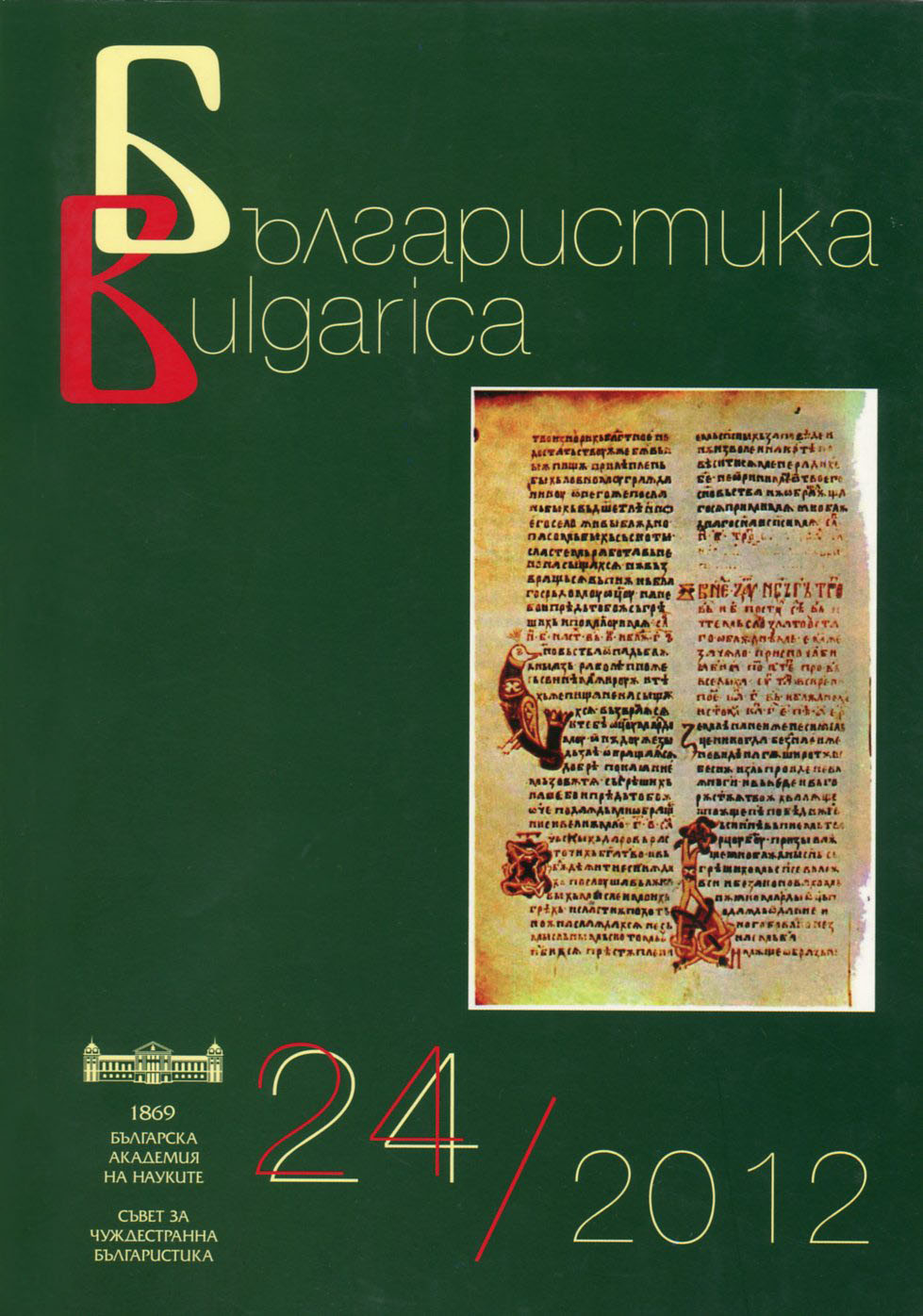
Data about scientific events in the field of the humanities in Bulgaria in 2012
More...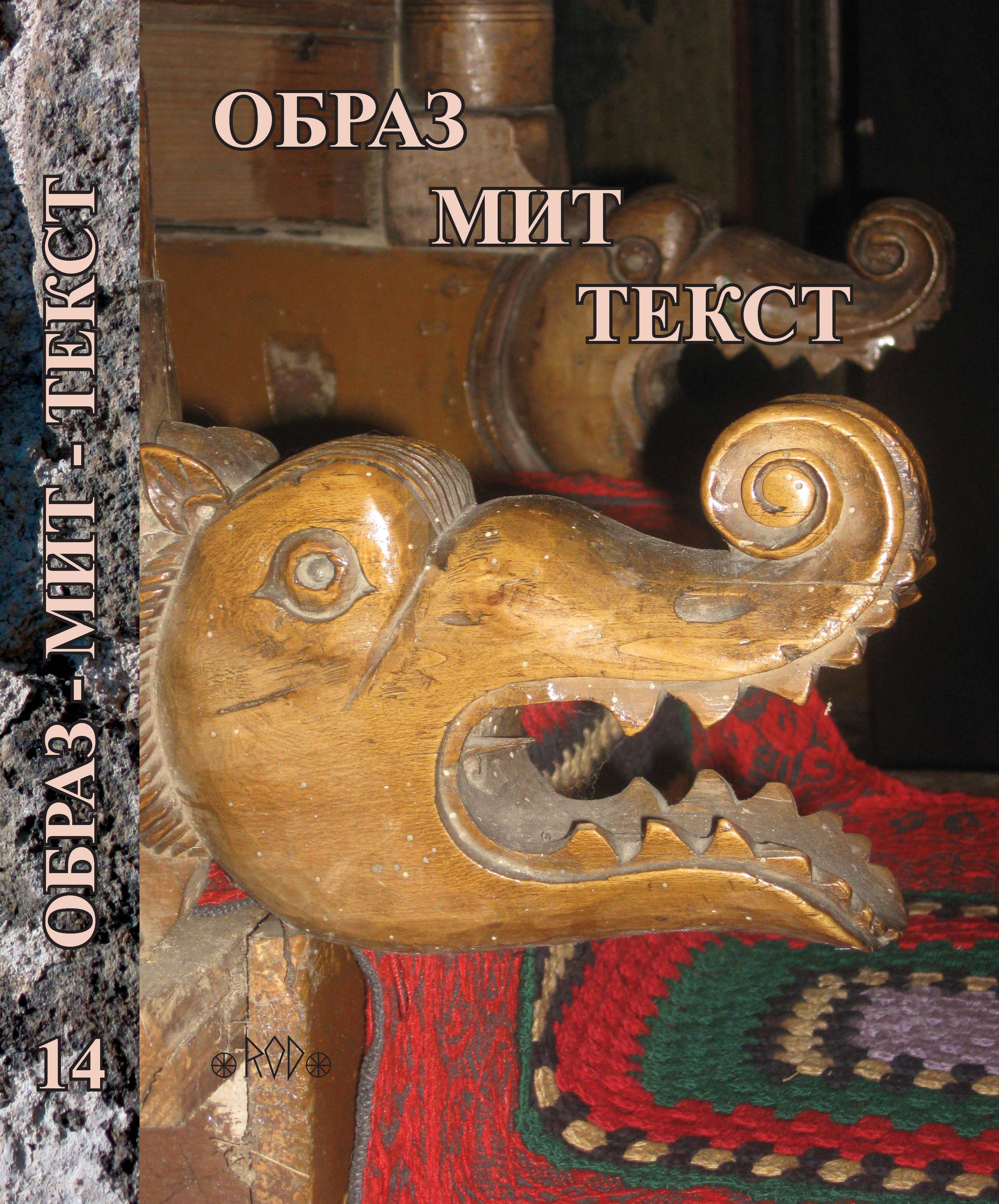
The article deals with an episode in the history of Soviet folkloristic, namely a prohibition of certain genres of folklore. In 1920s there occurs a boom of recording modern urban folklore, but in 1930s the recorded texts were destroyed or concealed in restricted folklore storage of large research institutions. Based on archival materials the article draws conclusions of the reasons for recording unfavorable (criminal, heroic, political) texts and the reasons for placing them into the restricted storage (“spetskhran”). The article is appended with published documents stored in Petersburg archives.
More...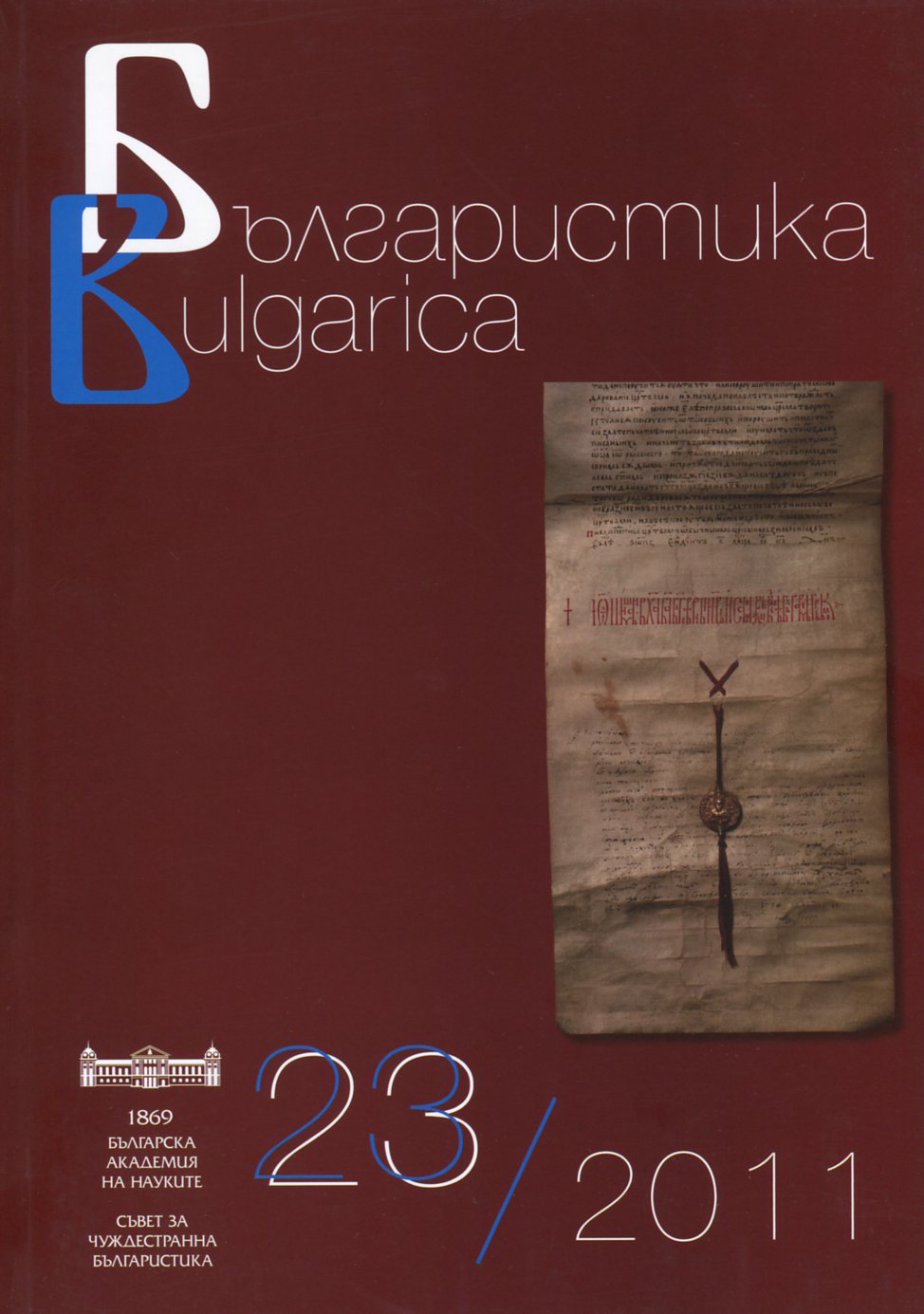
Data about scientific events in the field of the humanities in Bulgaria in 2011
More...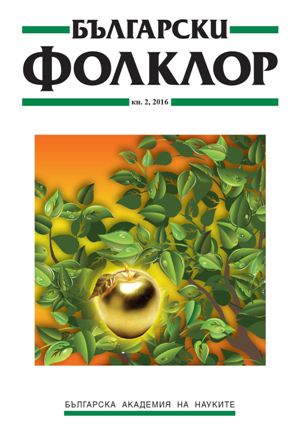
The paper concentrates itself on the figure of the Alevi-Bektashi musician (zakir, Imam Jafer) in Kardzhali region, who has at the same time religious, social, and artistic roles in society. Because of his characteristics, this figure could be categorized as an epic musician. His non-professional, but specialized activity is presented through the insiders‘ views on the specifics, educational manners, musicians’ quality assessment and their differences in performing styles. A young Bektashi musician from the region, whose biography and performing manner are marked by the complex interaction between his great talent and strong religious feelings is also portrayed in the paper. The interaction itself determines his complicated path as a musician and as a member of a community of heterodox Muslims.
More...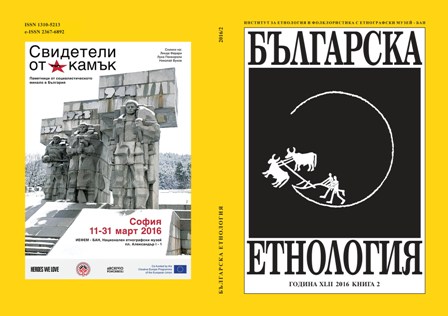
The article presents the local festive system of Samokov in the socialist period. Theobservations and conclusions are based on oral biographical stories collected duringethnological field researches in the town of Samokov conducted in 2011–2015 bythe “Ongal“ Association of Anthropology, Ethnology and Folklore Studies using themethod of oral history.The study examines the official and traditional calendar and family rites andpresents some specific forms of socialist festivities – manifestation, solemn meeting,banquet, literary-musical programme, treat in an intimate circle, as well as festiveforms deriving from traditional feasts.Some typical cultural practices understood and referred to as markers of localidentity in Samokov are outlined: throwing sweet loafs from Rido on the Annunciation, visiting in midnight on Easter the cemetery with a red Easter egg and an Eastercake, the post-wedding custom of “Topenitsa“, the Whitsuntide fair known as Štipimarket, as well as the Samokov leek pasty (samokovski zelnik) and mulled brandy(greyana rakiya).The retrospective look at the Samokov feasts shows that the forms of celebrationare not steady. The dynamic of the processes of change in the urban festivity affectsalso the shift of the places of memory in the town.
More...
The article is dedicated to the folklore singing of the Gagauzs in Eastern Thrace. The authors analyze primarily archival and published material from the early twentieth century war period and the following displacement of large groups of populations, which raises the question of their cultural traditions and specifics. The songs are used as a source allowing the outlining of a number of specific characteristics of the ethnic and cultural identity of the Gagauzs. Special attention is paid to bilingualism in some records and its ritual functions. The article is reminiscent of Adela Peeva’s film “ Whose is this song?”. Undoubtedly it will again show the development and the fate of the spiritual heritage from the Ottoman period bequeathed to the later national societies and countries in the Balkans, where the heritage (which was previously common) is “assigne” and began to be felt “our” and “native” or, in other cases, is strongly rejected. The aim of the article, however, is to show that this initial space was not always so common and open and that the relationships in it (respectively in the culture in general) depended on local developments, different situations and participants. At least in terms of knowledge about the various cultures and traditions on the Balkans, together with the question “Whose is this song?” goes the question “Whose song is the best?”. That is, except the origin of the songs, which in many cases is common, it is also important to understand it, to know how it is valorized and constantly acknowledged.
More...
The way in which the phenomenon of border determines the being and the cultural specifics of the population inhabiting the adjacent regions becomes nowadays increasingly the subject of scholarly research. The region close to the southern Bulgarian border around the town of Zlatograd provides for a field study of how local people interpret the border and how it affects their lifestyle over the years. The historical and cultural memory of the border population clearly reveals the influence of the dynamics or stability of the border lane as depending on the current political reality. From a freely crossable border in the multiethnic Ottoman Empire, it turned into part of the “Iron Curtain”. Today it is actaully an ambivalent reality and a “frontier in infinite globalization”. The turbulent history of Zlatograd Region unquestionably plays a key role in the formation of the local “frontier” identity of the nearby population. The combination, from the one hand, of the dual nature of the border as both separating and defining, and, on the other hand, the process of globalization and ethnocentrism turns the fieldwork in a very specific experience which needs particular addressing.
More...

The Tobacco city is a case which at a certain moment attracted significant publicattention; at the same time, it is an example which combines various discourses. Inorder to find the specificity of this case, the article examines three more exampleswhich in geographical and historical aspect are appropriate for comparative researchon the problem, having in mind the commensurability in reference to size and significanceof the settlement and the cultural and industrial traditions, the relevant timecoincidence of the processes, as well as the geographical and economic representativeness.The research questions which the study attempts to answer are analyticalas well as completely practical, related to real management and political decisions.From an anthropological point of view, we are interested in the problem of the correlationbetween re-functionalizing with the purpose of settling, attracting investmentsand publics, and updating the use and access, one the one hand, and, on the other, thenarrative which represents the space itself in its capacity of heritage and the degree towhich this narrative should be preserved.
More...
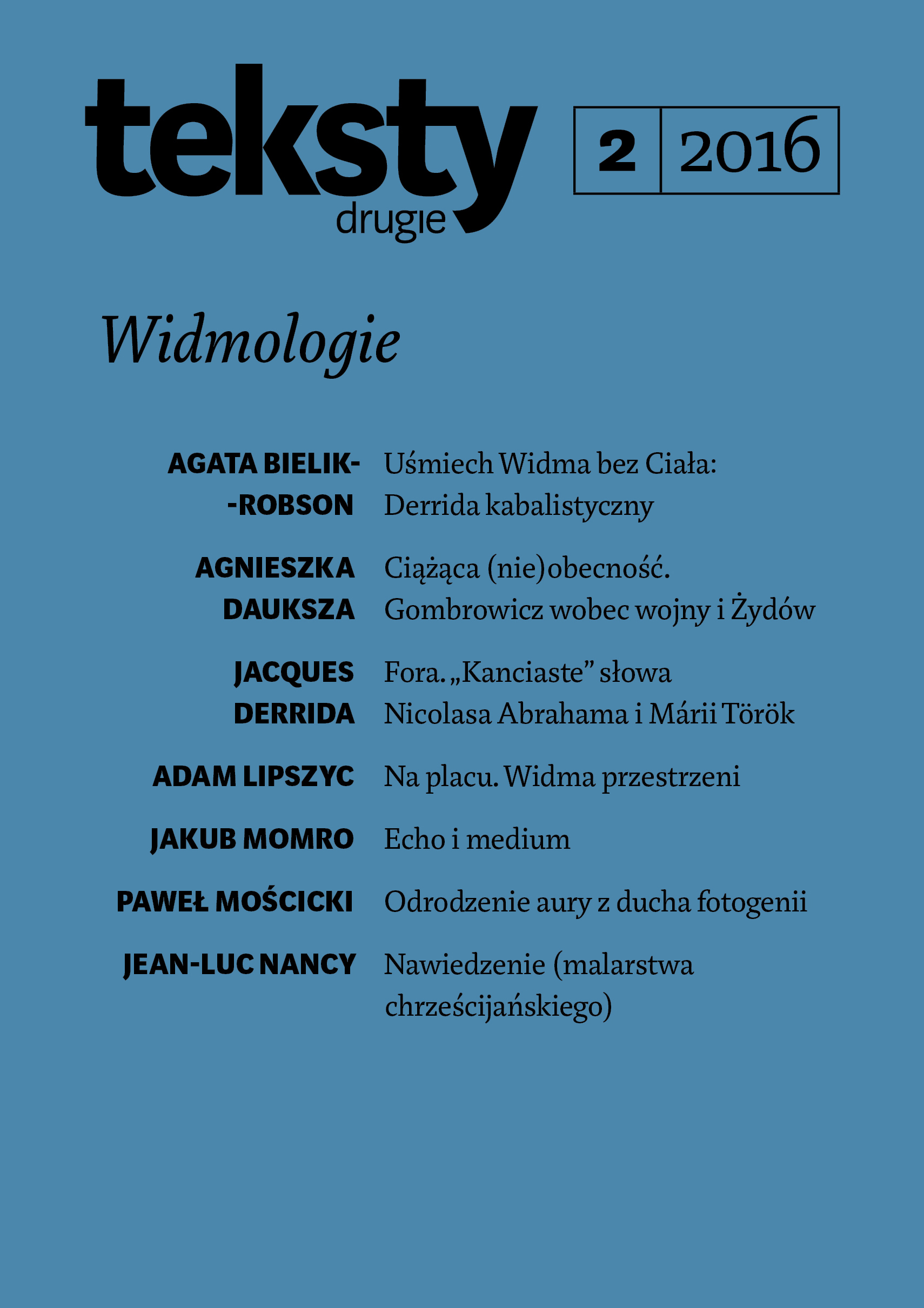
In his groundbreaking book The Image of the City (1960), the American researcher Kevin Lynch, creator of the theory of mental maps, explores the urban dwellers’ mental images and the ways in which these images correspond to the material forms perceived in urban spaces. Bukowiecki argues that in the case of a city such as Warsaw, where the dramatic events of the twentieth century have completely reshaped the urban fabric, we must broaden the scope of our analyses of images of the city to include the social image of objects that are immaterial, imperceptible, or spectral. This approach to reading the city, which has much in common with grounded theory and which has been applied by architecture critics, literary scholars and ethnologists dealing with the space of Warsaw, can be described as an exercise in the haunted spatial imagination.
More...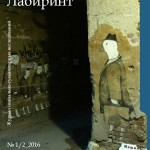
This article discusses the priority directions of the Russian zemstvo’s activities during the fifty years of its existence. Among them are, first and foremost, health, education, development of peasant farming and local communications (roads and telephony). The author pays special attention to the appearance of new guidelines in local authorities’ work in the period under consideration.
More...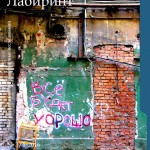
The article analyzes the image of Russia in the politics of identity of political elites that support European integration. The author believes that the leading trend is the exclusion of Russia from the "Europe", while the negative image of Russia is inevitable in establishing Europeanness. The article highlights the political, cultural, ethnic, religious, historical and civilization discourse practices of exclusion Russia from Europe. According to author, the image of Russia performs the following functions in the politics of European identity: defining criteria of Europeanness, achieving positive collective self conception, legitimating of the EU, maintaining social and political order of the EU, the legitimating of the relations between the EU countries.
More...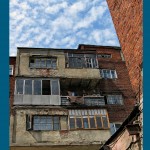
The article is devoted to the experience of Kostroma province’s zemsky government in road construction. Progress was one of the most important values in the late 19th – the early 20th century, it seemed to be able to solve all the problems of the Russian society. The ignorance and the backwardness of the masses were considered as the main obstacles to progress. This problem was supposed to be solved by the spread of education, medicine, cooperation, etc. But without the construction and maintenance of means of communication, none of these areas could be possible to develop.
More...
Дневной гон почтовой тройки составлял в 18-19 веках (раньше дорог (путей сообщений) как таковых, не было — были направления, если, конечно, не считать рек) составлял пятьдесят вёрст. Лошадей надо разнуздывать, кормить-поить, ставить на покой в стойло, для ямщиков и седоков — съезжая изба или избы, трактир (или трактиры), ну, на всякий случай, девки, кузни и шорни, где можно починить или поменять что-то в сбруе или экипаже (санках). Ямы или ямские слободы постепенно обрастали хозяйством и людьми: покосы, скотина, огороды, поля — хозяйство изначально формировалось не как натуральное, а как товарное, привязанное к тракту. Эта коммерциализация была весьма привлекательна и как канал коммуникации, и как канал поступления звонкой. Строго по Гиршу: TRADE=COMMERCE + INDUSTRIA (торговля есть коммерция и трудолюбие).
More...